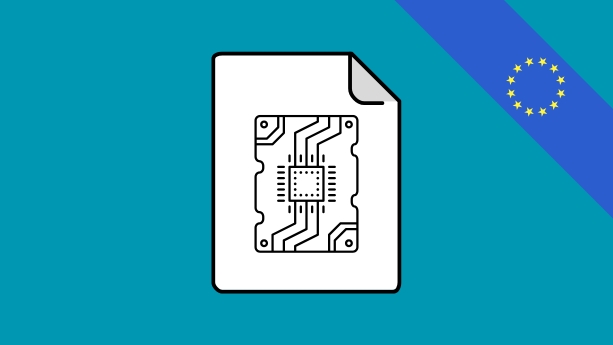
Technical documentation is generally required for electronics covered by one or more EU regulations or directives mandating CE marking. In this guide, we use technical documentation requirements listed in the Low Voltage Directive as a case study demonstrating how to create technical documentation for electronic and electrical products sold in the European Union.
We also address common questions about technical documentation for electronic products in the FAQ section.
Continue reading EU Technical Documentation Requirements for Electronic Products













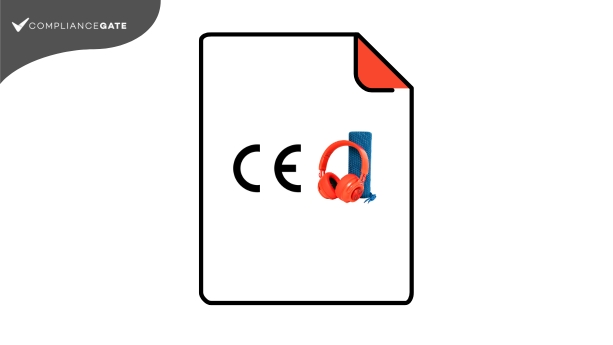
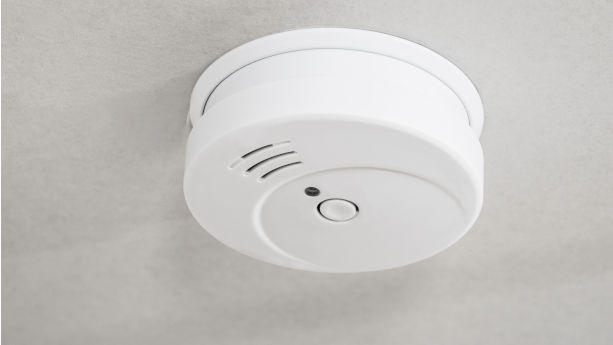
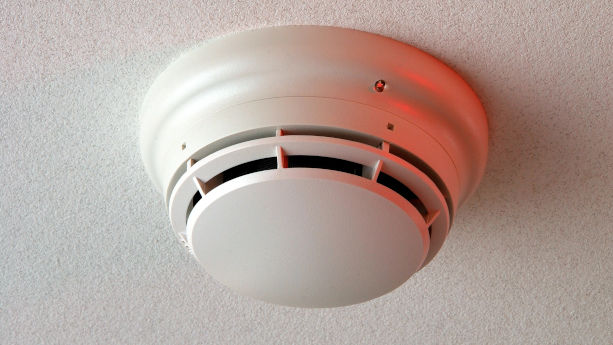

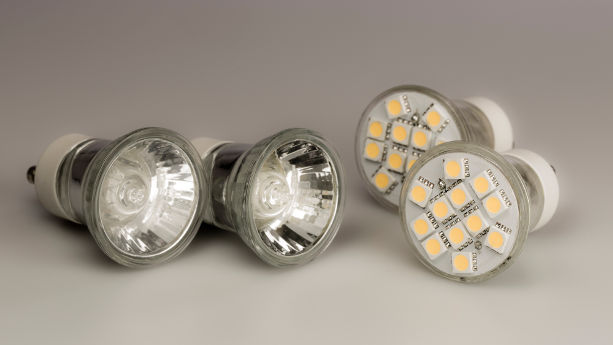

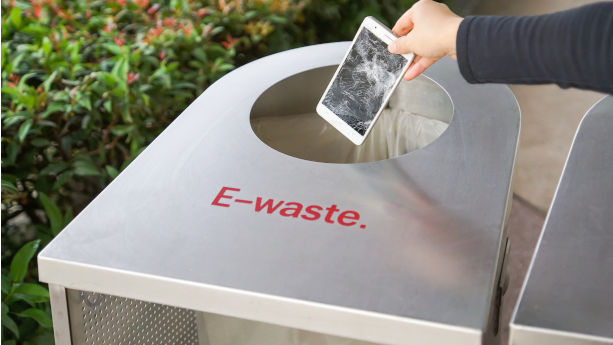


 Create compliance checklists for your product (US, EU & UK)
Create compliance checklists for your product (US, EU & UK) 20+ product certificate templates
20+ product certificate templates Create label files
Create label files Book product testing
Book product testing